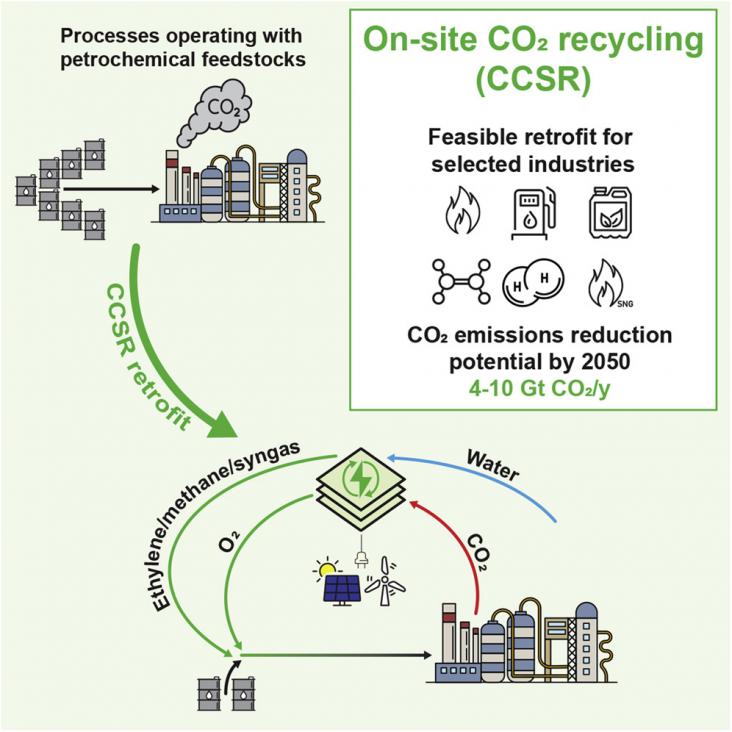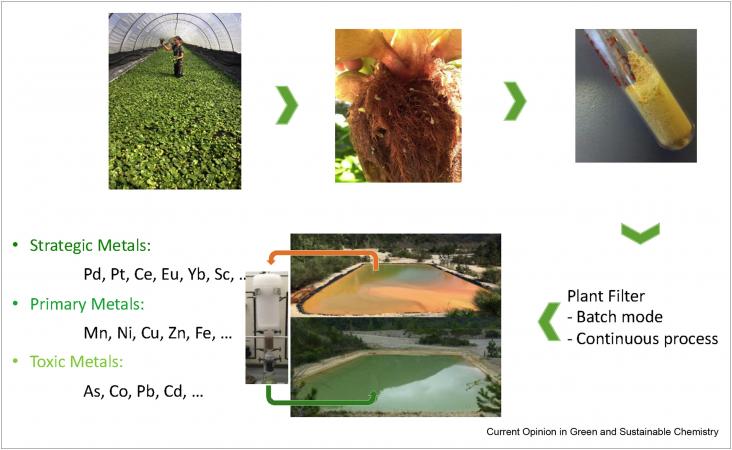Background: Extreme heat exposure can lead to premature death.

The chemical industry needs to significantly decrease carbon dioxide (CO2) emissions in order to meet the 2050 carbon neutrality goal.
The widespread consumption of electronic devices has made spent batteries an ongoing economic and ecological concern with a compound annual growth rate of up to 8% during 2018, and expected to reach b

This review is dedicated to ecocatalysis, a concept developed by the Grison group aiming at combining ecology and green chemistry, which could be the vector of sustainable development based on the pri
The widespread consumption of electronic devices has made spent batteries an ongoing economic and ecological concern with a compound annual growth rate of up to 8% during 2018, and expected to reach b
As future foods, cultured meat is produced by culturing animal cells ex vivo rather than raising and slaughtering animals.

As future foods, cultured meat is produced by culturing animal cells ex vivo rather than raising and slaughtering animals.
Purpose: To investigate the monthly and seasonal variation in adult osteoporotic fragility fractures and the association with weather.
Droughts are extreme events that have major impacts on communities, ecosystems and economies due to slow onset and complex processes.
The recent Intergovernmental Panel on Climate Change (IPCC) Special Report on Oceans and the Cryosphere in a Changing Climate suggests sea level rise may be best understood as a slow onset disaster fo
